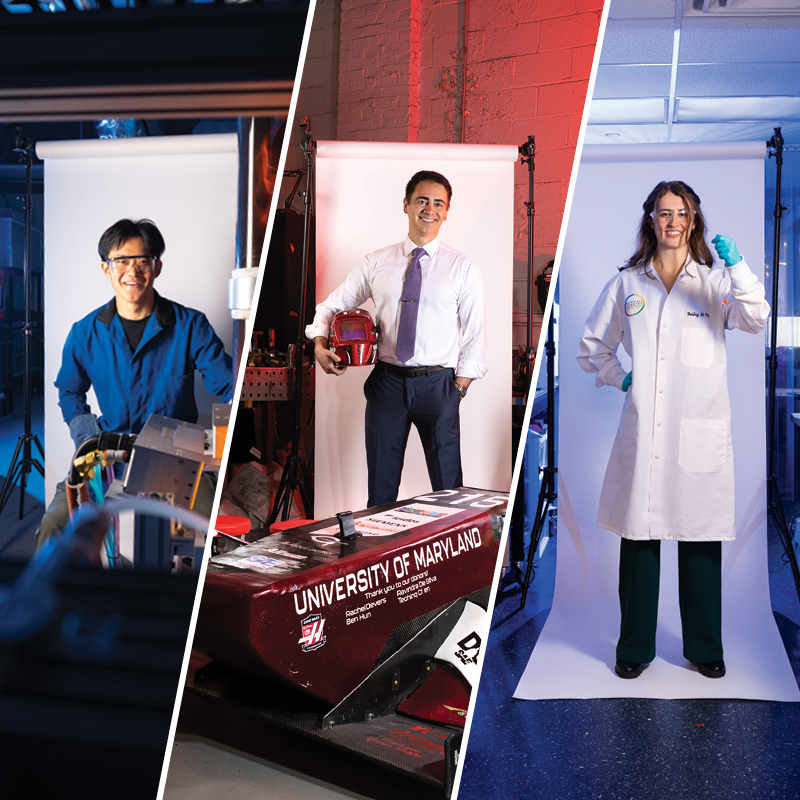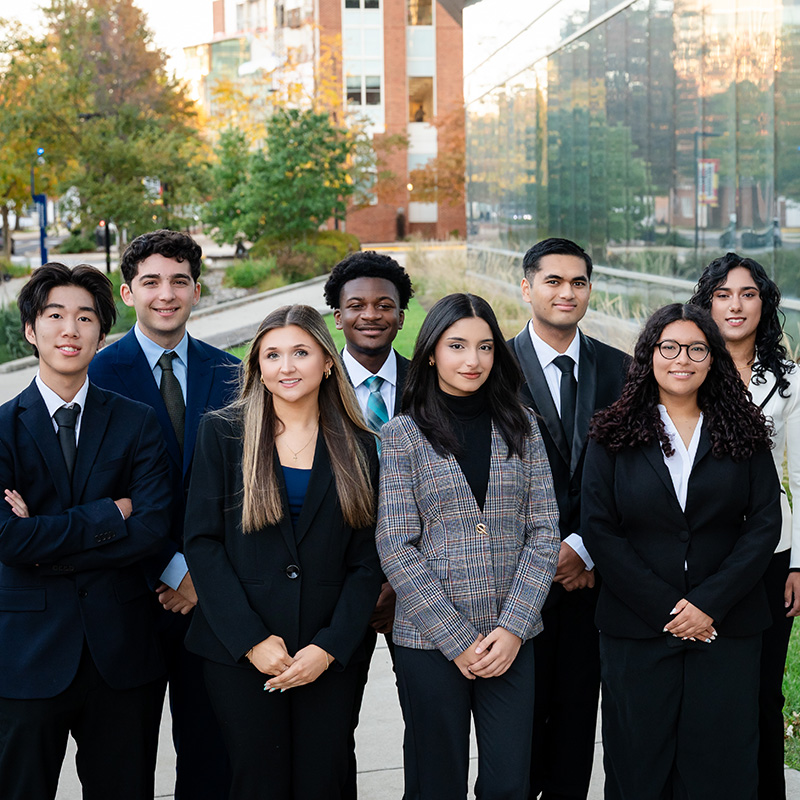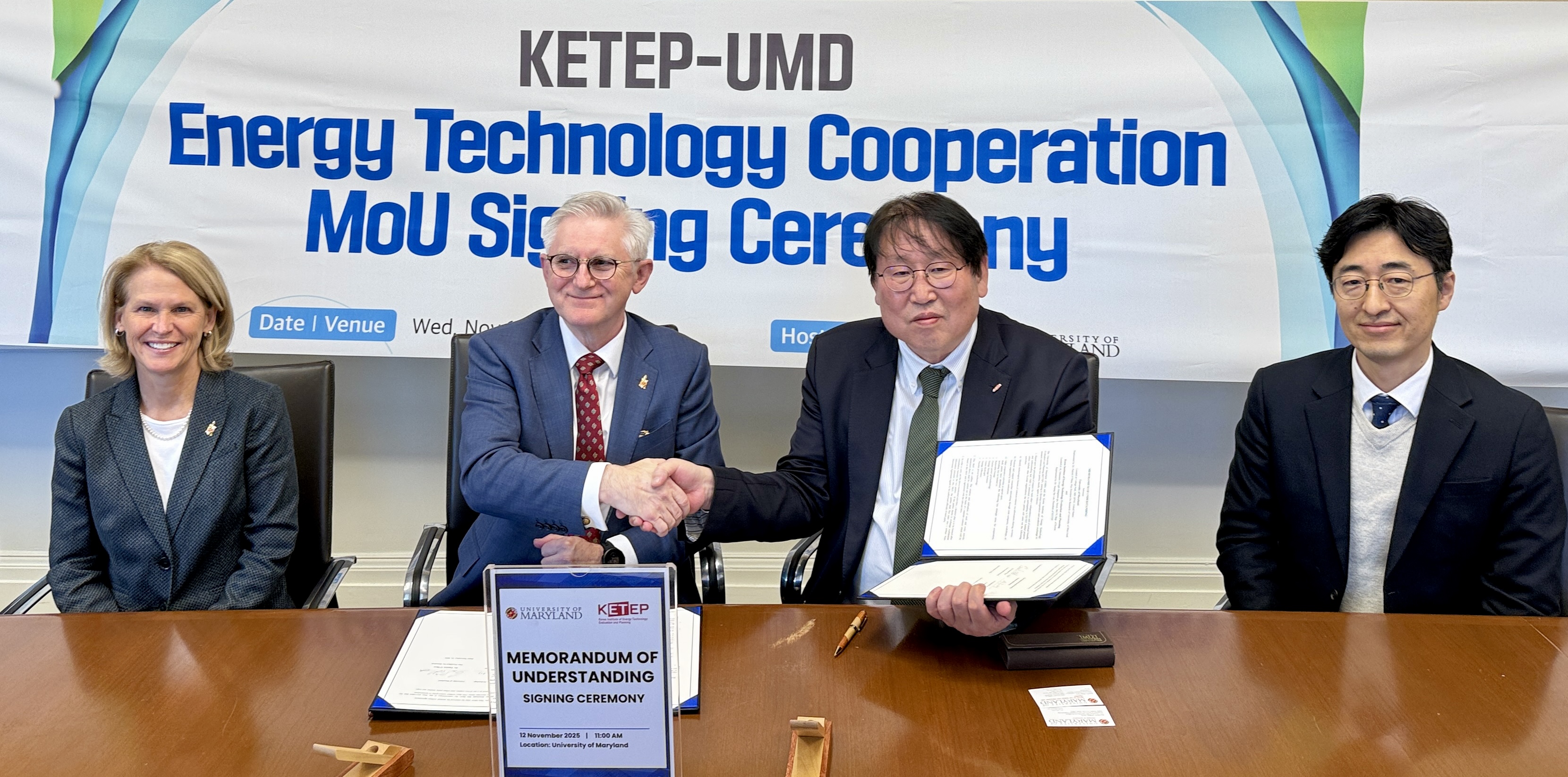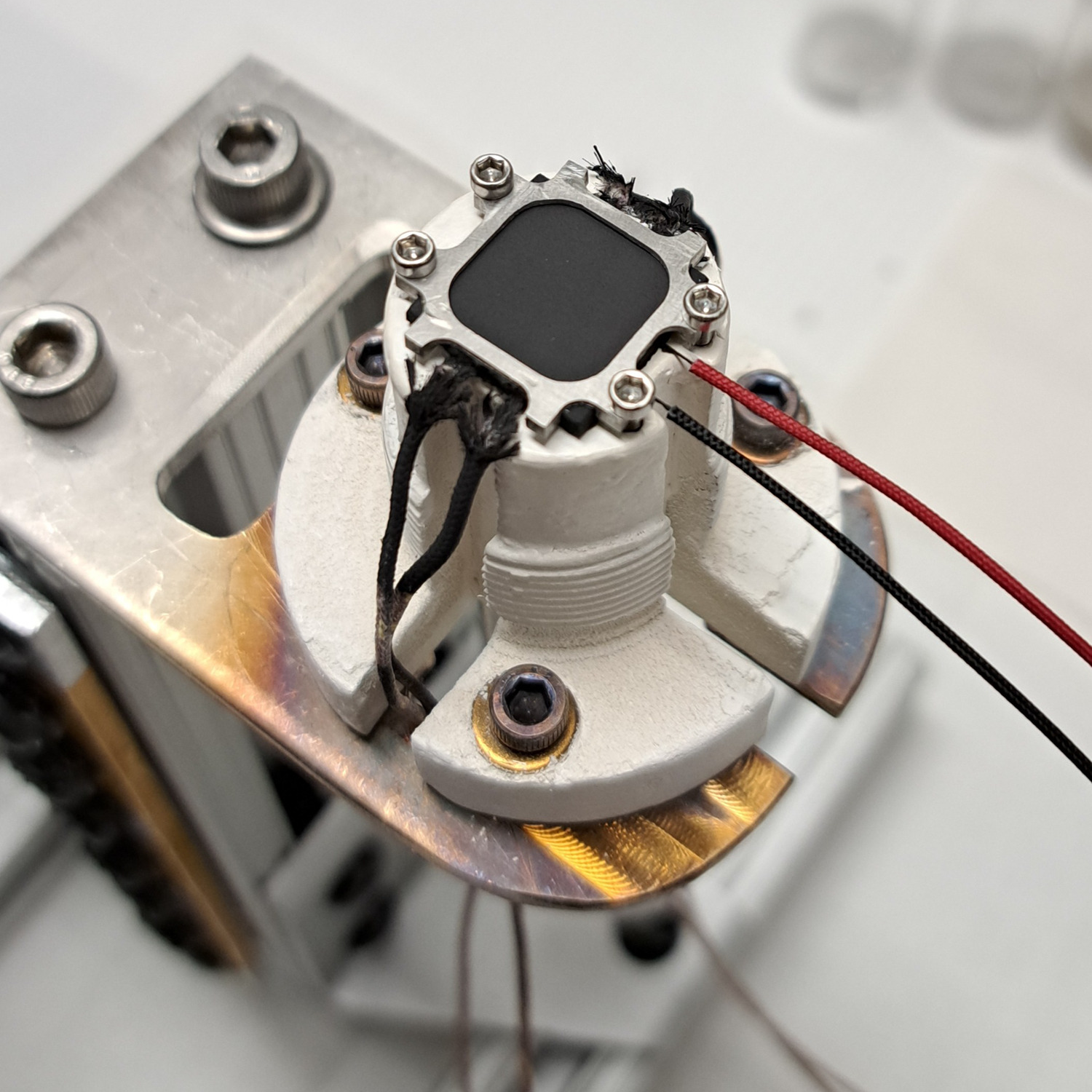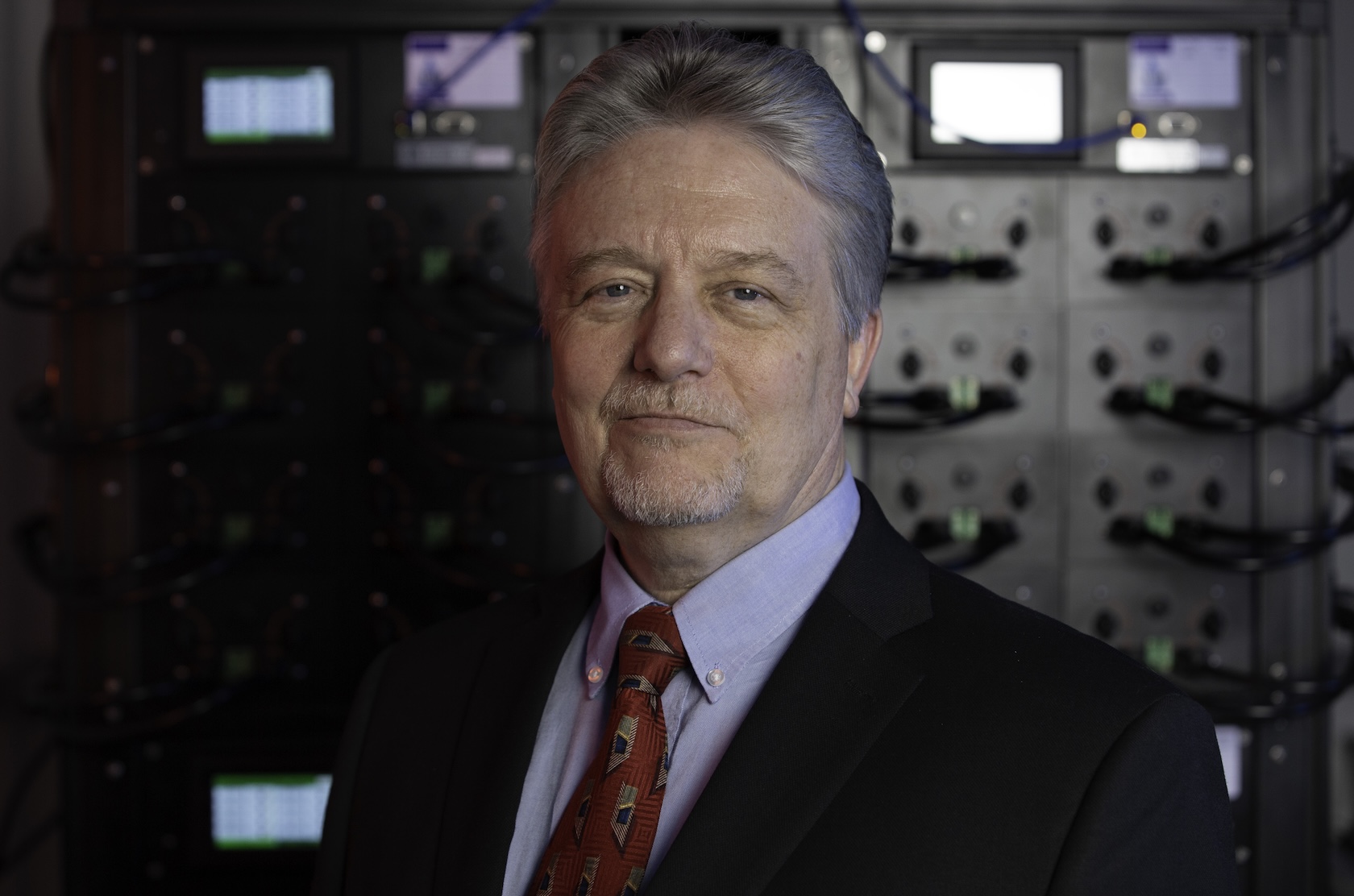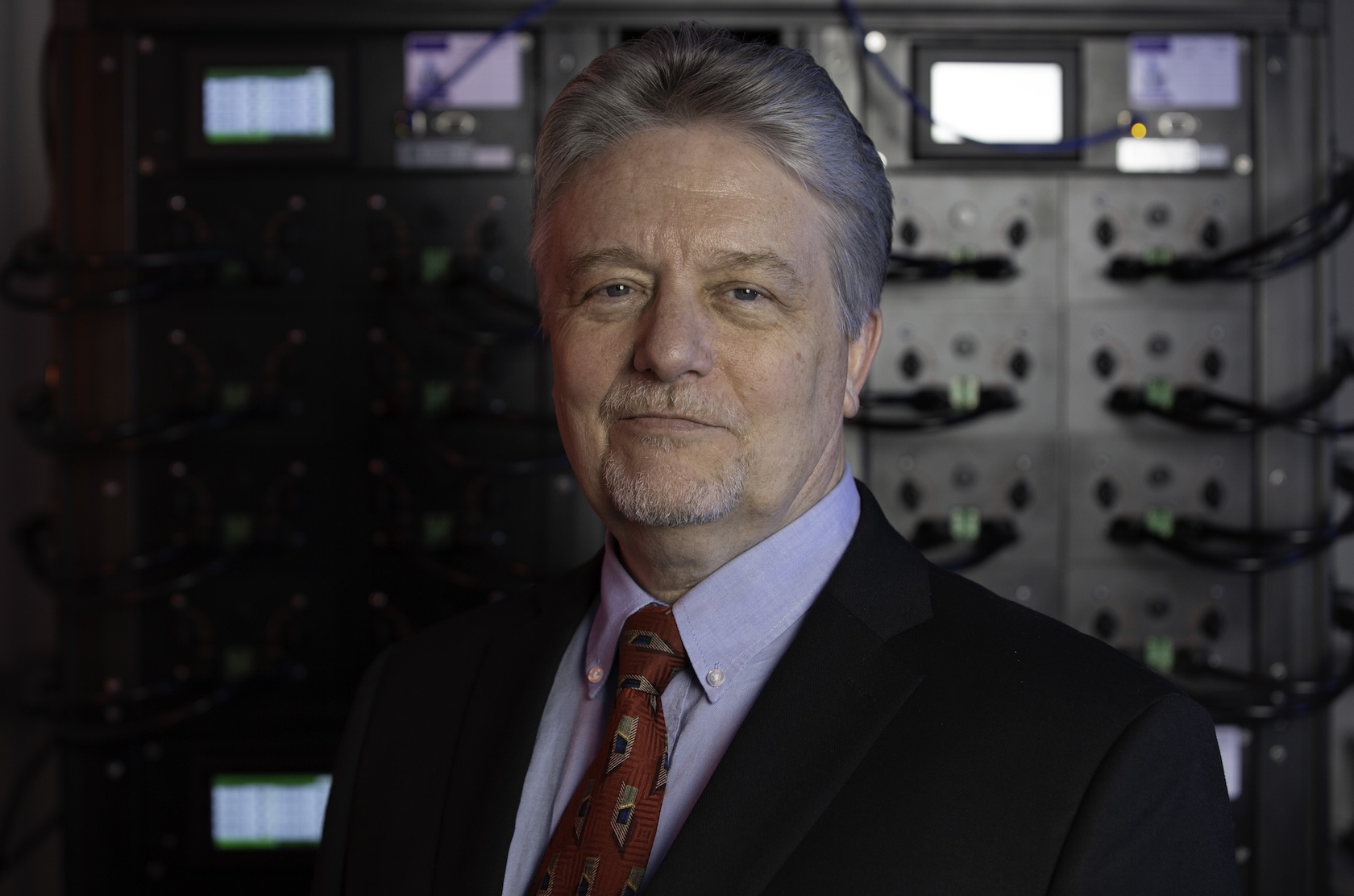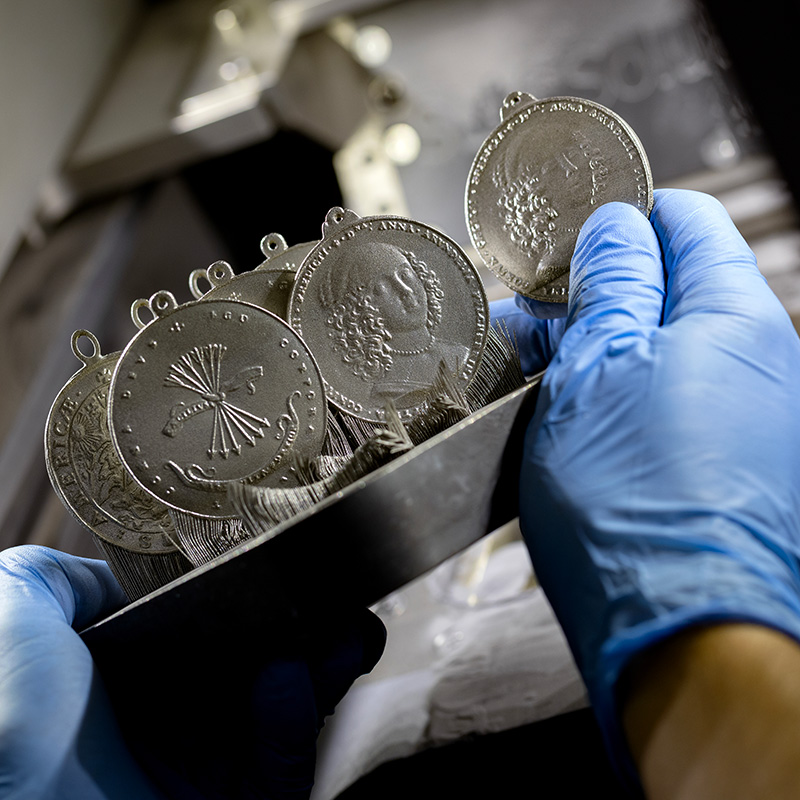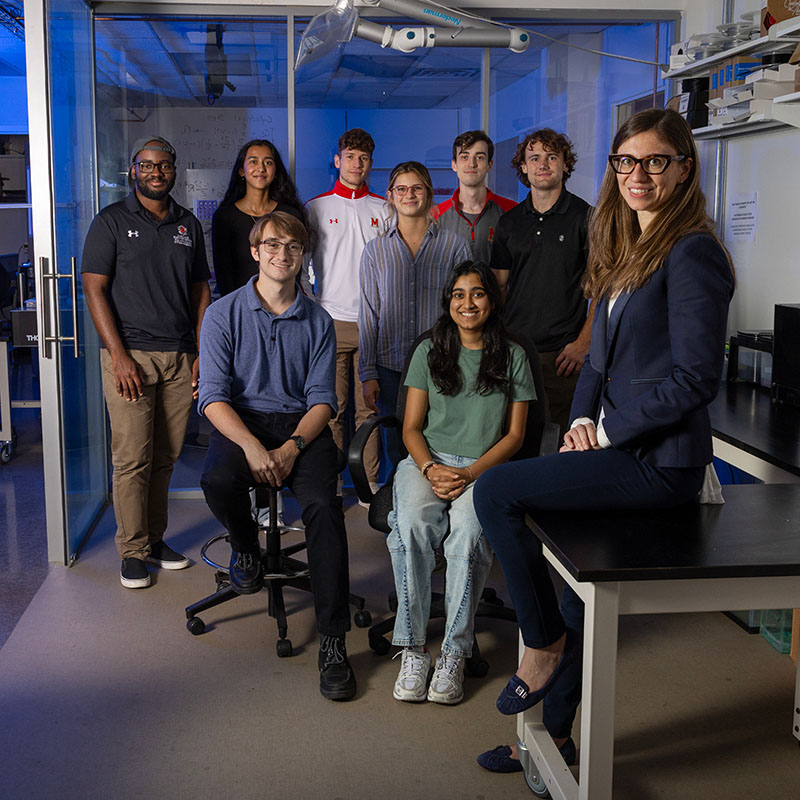News Story
Ankem Shows New Path to Improved Titanium Alloy Performance
Titanium alloys are an important material in products like biomedical implants, golf clubs and aircraft because the crystalline materials within these alloys impart high strength, low density, corrosion resistance and biocompatibility. But titanium alloys will deform over time, even under relatively low stresses, at room temperature.
Now, new findings by University of Maryland engineers suggest that, by altering the chemistry or microstructure of these alloys, it will be possible to develop titanium components that are more resistant to deformation. Improving the alloys’ performance could expand its industrial and commercial uses.
The gradual deforming of titanium alloys at normal temperatures is called “room-temperature creep,” and it can reduce titanium alloy performance. Consider a large airplane with titanium alloy landing gear. After thousands of hours supporting the weight of the aircraft, the landing gear may begin to deform, albeit at very low creep rates, increasing maintenance costs and reducing safety.
Until recently, such deformation has been poorly understood. However, at the A. James Clark School of Engineering, graduate student Greg Oberson and Sreeramamurthy Ankem, associate professor of materials science and engineering, are shedding new light on this deformation—and, in fact, on creep deformation in a wide range of materials with important roles in everything from geological systems to high-temperature superconductors.
Oberson and Ankem describe their current findings in the article, “Why twins do not grow at the speed of sound all the time,” in the journal, Physical Review Letters (Vol. 95, No. 16, http://prl.aps.org/). This publication covers fundamental research in all areas of physics and has a diverse readership across many disciplines.
In their article, Oberson and Ankem propose that the slow growth of “deformation twins” in titanium alloys is one of the mechanisms responsible for room-temperature creep deformation. (Ankem was the first to show that deformation twins can grow very slowly during creep deformation, and not at the speed of sound, as was generally believed.)
A “twin” occurs when crystalline material deforms under stress, causing atoms to shift to the mirror position of their original location. Oberson and Ankem propose that twin growth in titanium alloys is hindered by the presence of oxygen impurity atoms in gaps in the crystal: the titanium atoms cannot move to their twinned positions until the oxygen impurities have diffused to another location in the crystal. The authors write that their results “clearly suggest that a small variation in the amount of oxygen in the alloys can have a significant effect on the amount of ambient temperature creep deformation.” Thus the mechanical properties of the alloy can be optimized by controlling the amount of oxygen in the material, Oberson and Ankem say.
“Twinning” occurs in a wide range of crystalline materials including metals, ceramics, intermetallics, nanocrystalline materials, geological systems and even high-temperature superconductors. These materials are of interest in various fields of engineering including electrical, mechanical, civil and aerospace. The new findings by Oberson and Ankem can help researchers in these fields develop advanced materials for a variety of applications.
Published October 20, 2005
